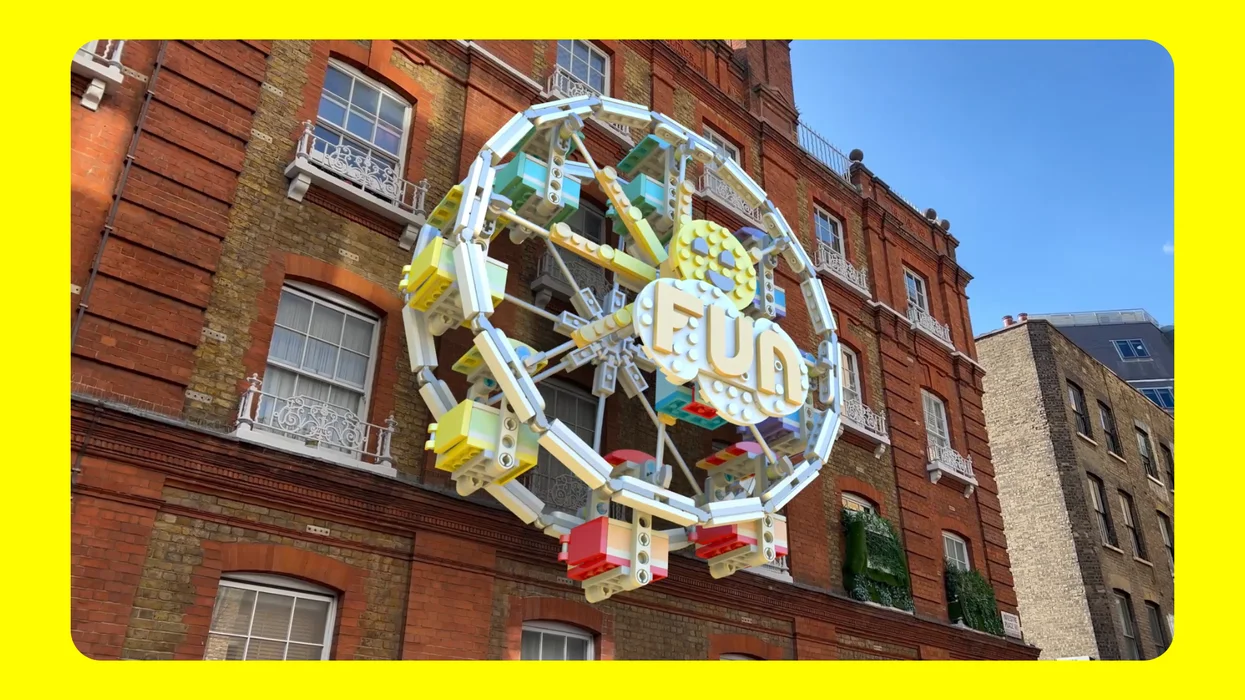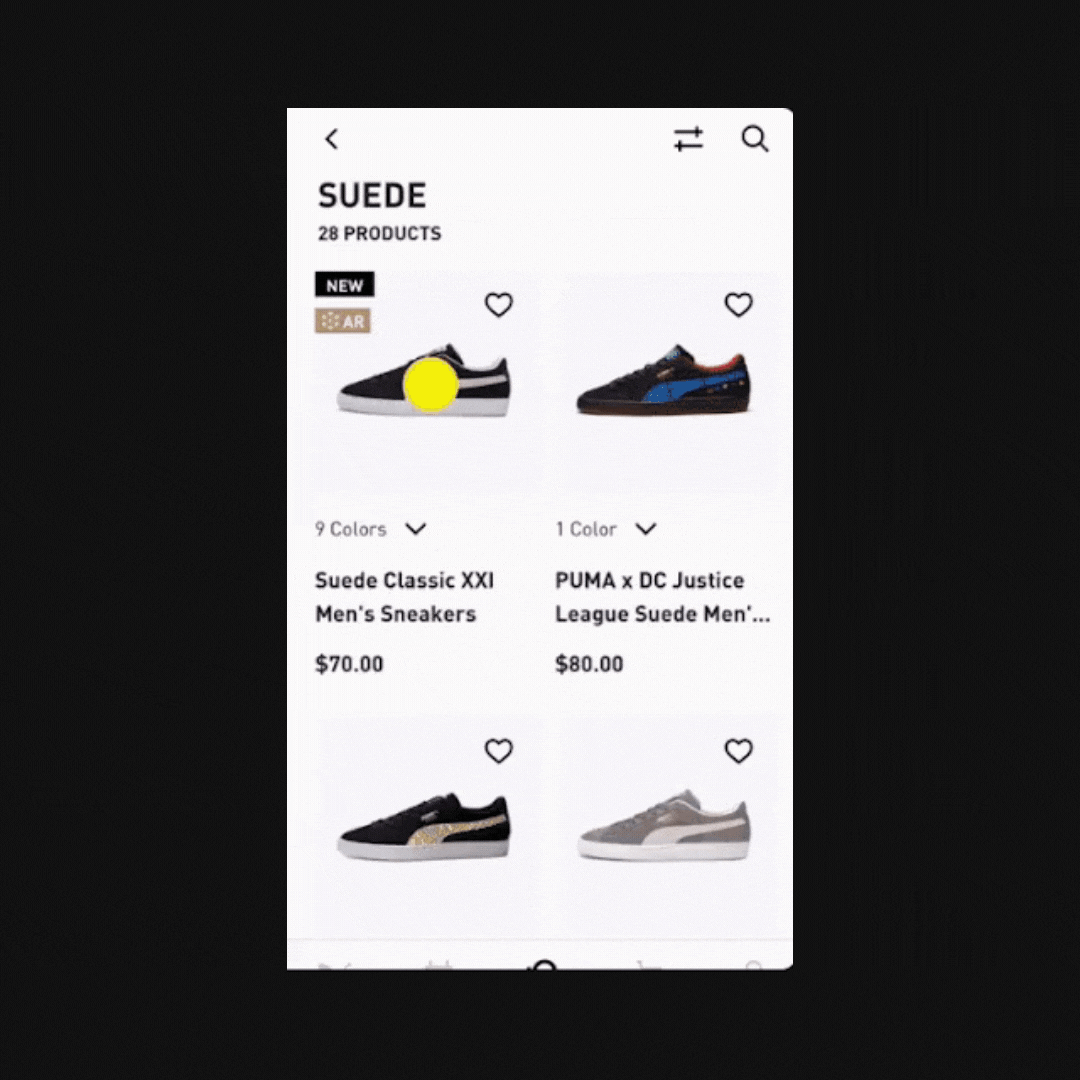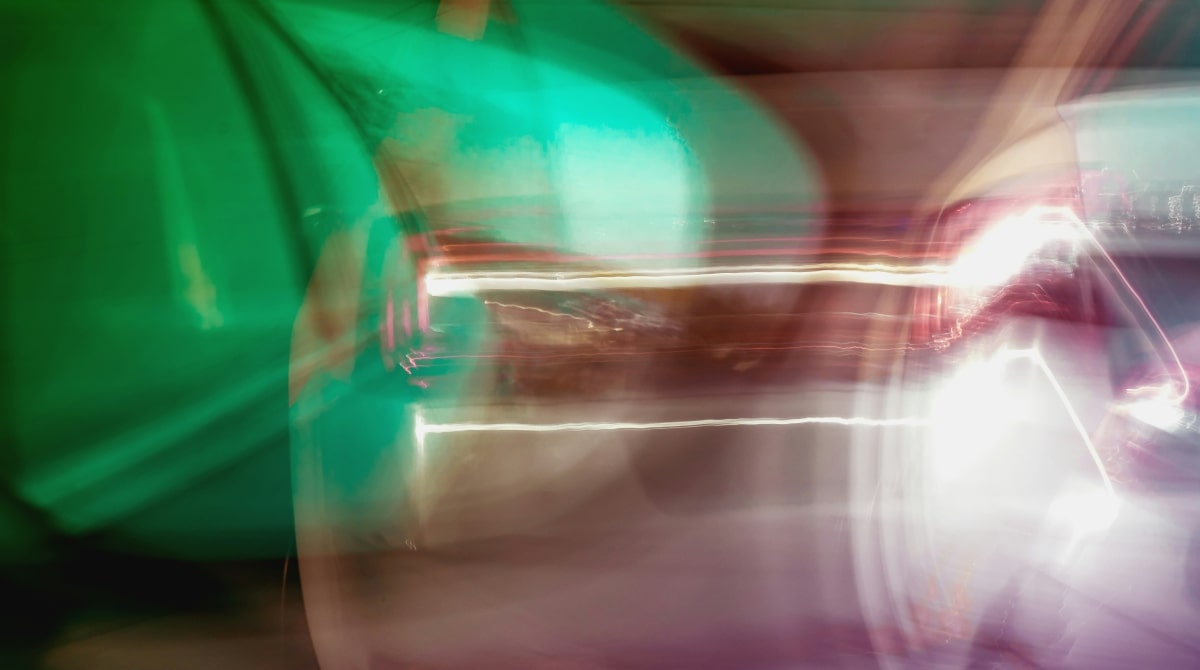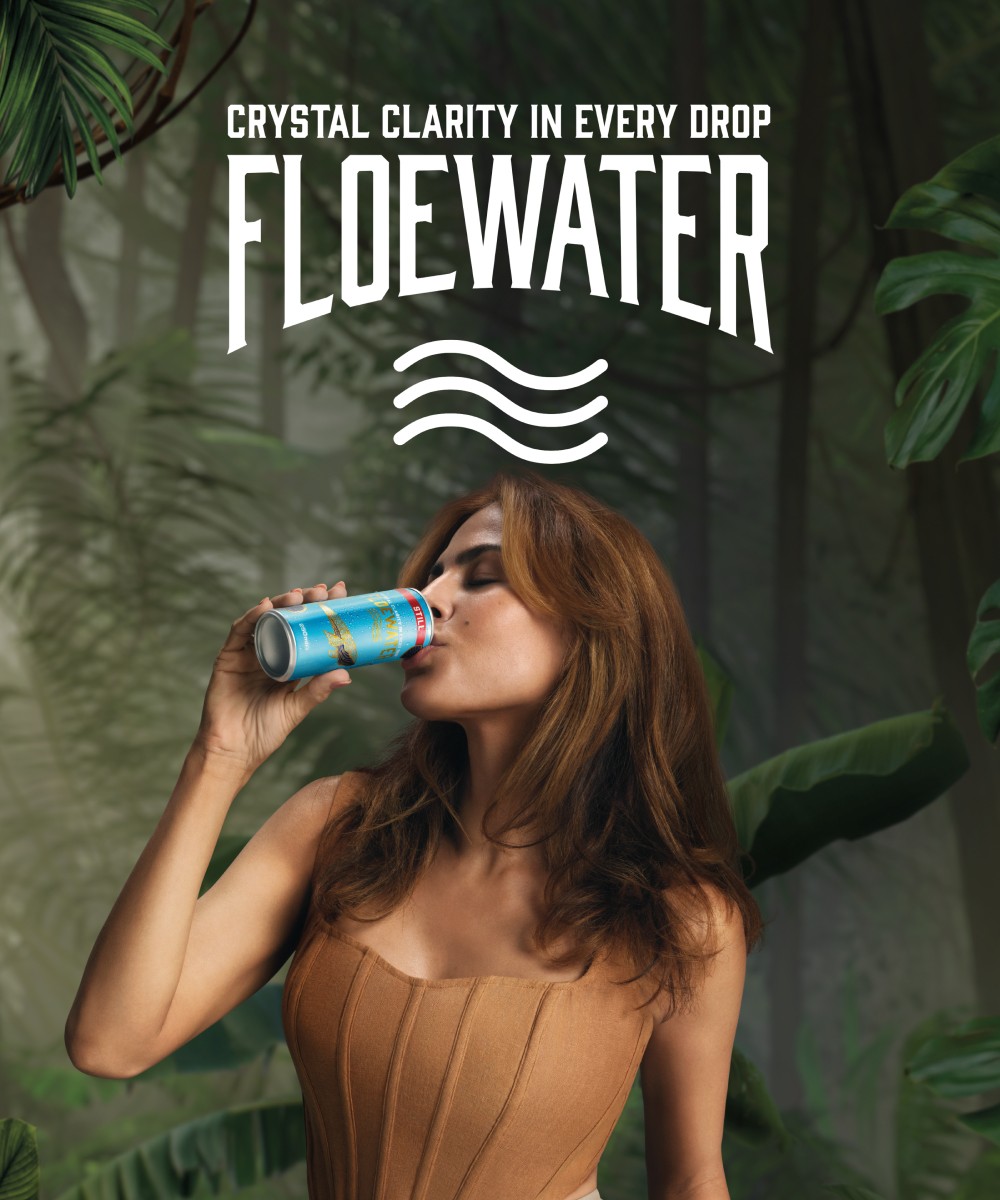Snap’s new AR features help brands improve conversions with immersive experiences

Imagine being able to spread your brand across the bustling streets of London, down the banks of the Thames, and around historic monuments and buildings.
Or how about being able to take 2D images from your catalog and – through machine learning – have them transformed and transported onto the bodies of Snap users, who want to virtually try on clothes, and even have the opportunity to share the look with friends before clicking through to complete the purchase.
These impressive developments from Snap – one in terms of the canvas, the other in terms of the ability to take large amounts of products direct to the consumer – are becoming a reality that brands should capitalise on.
AR for retail
Snap’s influence on virtual shopping is undeniable – 250 million people have engaged with shopping lenses over five billion times on the platform.
At the heart of these is the ability to try on clothing and accessories using augmented reality (AR). Using AR can increase conversion rates by up to 94% and decrease returns by 25%.
Snap’s new AR Image Processing technology, developed by Forma, can transform 2D photos (such as e-commerce pictures), and turn them into turnkey AR-ready assets for Snapchat AR try-on Lens experiences. The user is told to take a few steps back, the camera snaps their body and then imposes the clothes onto the static image of the user.
This is a game-changer for consumers and brands. It gives brands the ability to turn their inventory into AR and allows smaller and bespoke operators the same opportunities as bigger brands.
It could also bring in significant operational savings for returns. How often have you gone shopping, tried something on, and sent a picture for a friend’s opinion?
Now imagine being able to do that without leaving the house and before committing to a purchase, saving you the hassle of returns.
The new product catalog feature – combined with the 3D Asset Manager – means users can swipe through a whole catalog of your products, trying each one on as you go. This feature displays the name and price and links directly to the product page. With a single click to the site, it’s no wonder the conversion stats are so high.

Even brands that don’t have a presence or consumers on Snap can take advantage of their camera technology.
Using Camera Kit, an SDK solution, enables brands to embed Snap’s AR platform and technology into their mobile applications.
Consumers can then try on products or see them in situ in AR through their device’s camera via the brand’s app.
DRESSX has seen incredible success and engagement, as 75% of all app users engage with AR Lenses, and users try on AR Looks 22 times per day on average.
It’s a way of connecting real-life and digital – bringing metaverse opportunities through mobile rather than through a headset or computer screen.

Connect the physical and digital worlds at scale
Snap also recently introduced city templates for brands. City templates create huge canvases which provide the opportunity to bring urban landscape to life at scales never seen before.
For example, Lego is doing this in London.
This allows brands to create assets and experiences on a scale never seen before. They could literally go on for miles, and be tied to historic sites, areas of high footfall, and points of interest, with a high degree of accuracy. Developers can also anchor their creations to locations and landmarks around the world – perfect for bringing visitor attractions to life.
The introduction of this for brands creating AR experiences cannot be underestimated. It means now that – rather than everything having to be downloaded in advance – remote assets can be used in experiences and only downloaded when necessary.
So if you have an AR trail or interactive map, elements later in the journey will only be downloaded and accessed when required. It also means content can be added and users can start an experience, leave it, and then come back to it. Perfect for treasure hunts, long-term events, and experiences with repeatability at the heart of them.
And, crucially for brands, improvements in persistent storage mean deeper levels of user data when it comes to analysing how different areas of your experience perform. It’s a way of connecting real life and the digital one at scale – bringing metaverse opportunities through mobile rather than through a headset or computer screen.
More and more, the line between digital and physical experiences is rapidly diminishing, creating new forms of entertainment and AR experiences.
Snap has been at the forefront of enabling these new experiences, which add a visual layer to reality or transpose IRL behaviours into digital platforms. The future is bright for brands that jump in and engage their audience in these new ways.
More Insights?
View all InsightsQuestions?
Director of Tech Projects




